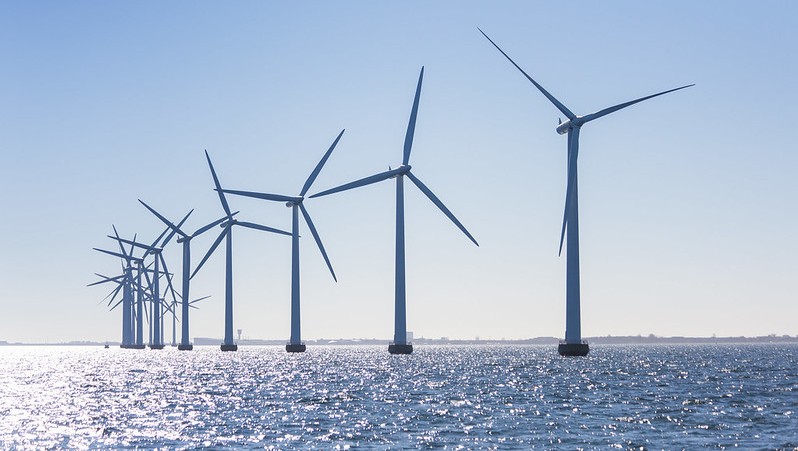
There’s something deeply comical about suggesting that seagulls are smart enough to wait for you to look away before stealing your french fries, but dumb enough to fly into wind turbine blades.
A two-year study on the interactions of several seabird species at an offshore wind farm found that not a single case of birdstrike was recorded over the study period or in the 10,000 videos taken.
Looking at herring gulls, gannets, kittiwakes, and great black-backed gulls, Swedish state wind company Vattenfall found that most of the birds maintained a 50 to 230-yard distance between themselves and the radius of the spinning turbines.
“This is the first time that any kind of bird species has been studied this closely and in detail at an offshore wind farm,” said study author Henrik Skov. “And these birds are really good at avoiding the turbines. Now we need studies on more varieties.”
The study was conducted on a wind farm consisting of 11 offshore turbines near Aberdeen, Scotland. It used radar surveys and mounted video cameras to gather data.
MORE GOOD BIRD NEWS: Floating ‘WALL-E’ Scarecrow Stops Seabirds from Diving into Fishing Nets
Why these seabirds avoided the turbines could be down to the individual species observed since other studies have shown seabirds tend to rank high in offshore wind turbine mortality, and of medium risk for land-based wind turbine mortality.
Skov also offered that it could be the turbines are, for one reason or another, outside of prominent flight corridors, and therefore aren’t where birds have historically flown either for migration and nesting purposes, or feeding.
MORE WILDLIFE SAVING STORIES: One Simple Change Cut Accidental Albatross and Seabird Deaths by 98%: ‘Absolutely amazing’
The study is a big milestone in scientists’ attempts to learn how and where to build wind turbines so that they don’t interfere with birds’ flight patterns. If there is something in the data of this study or future observations that could reveal the secret as to why there was no mortality at the Aberdeen wind farm, it could mean that hundreds of thousands of birds could be saved in the future.
SHARE This Good Bird News With Your Friends…



















